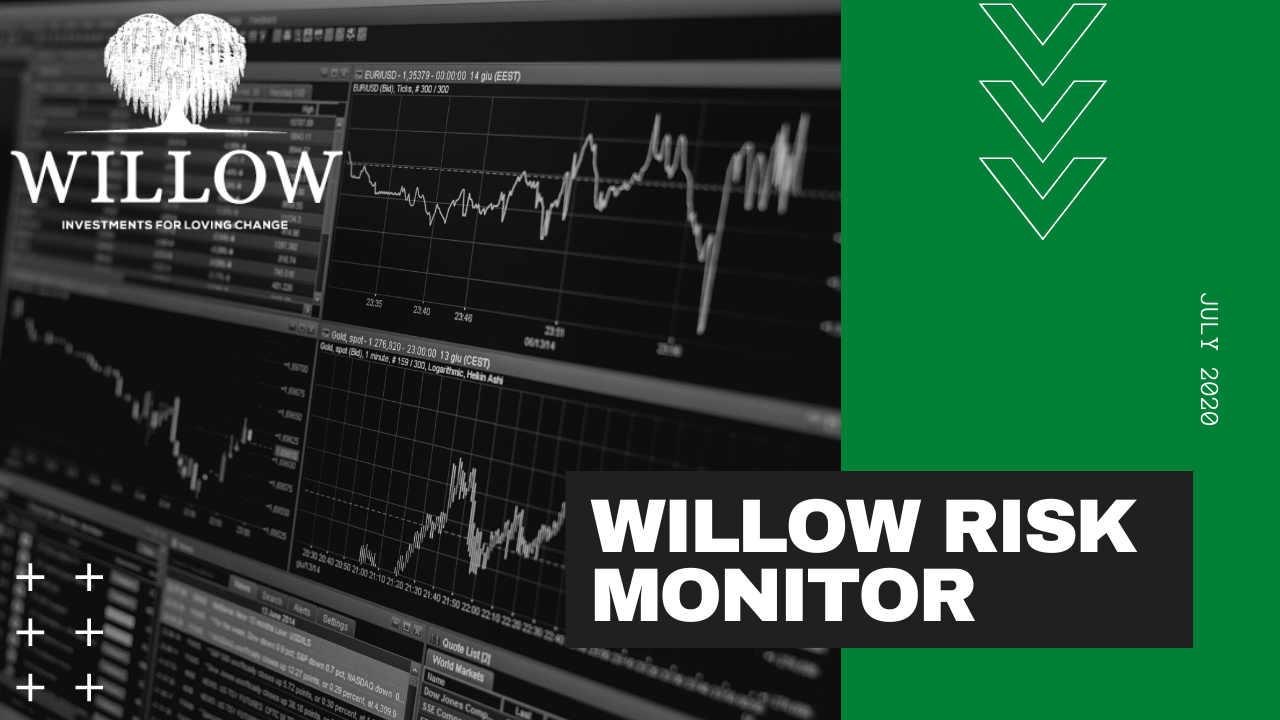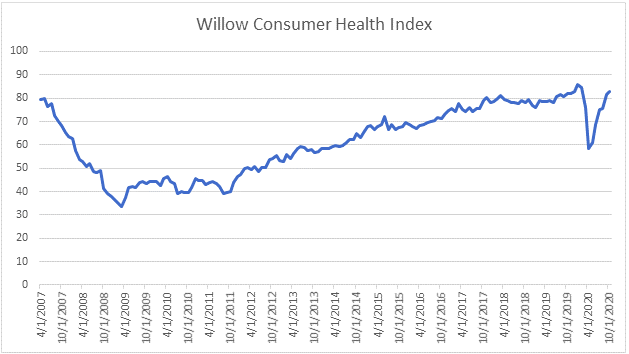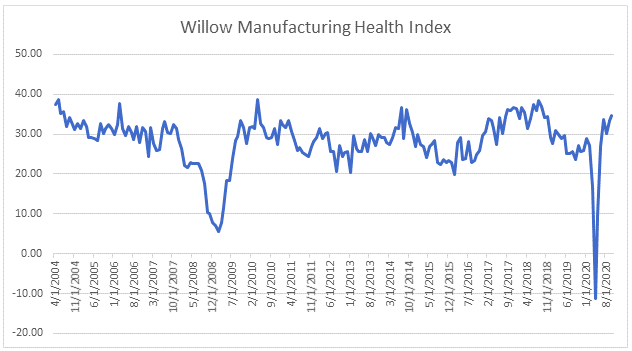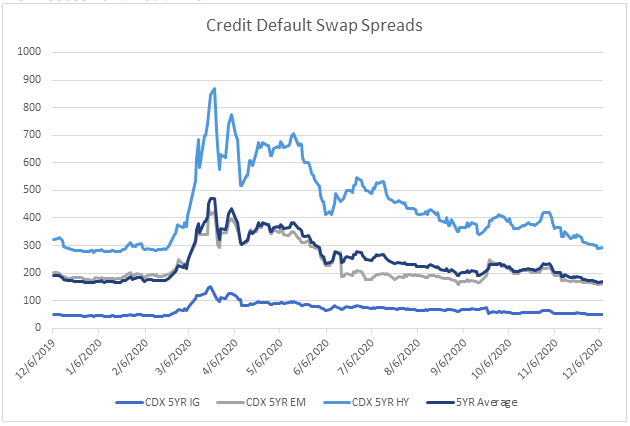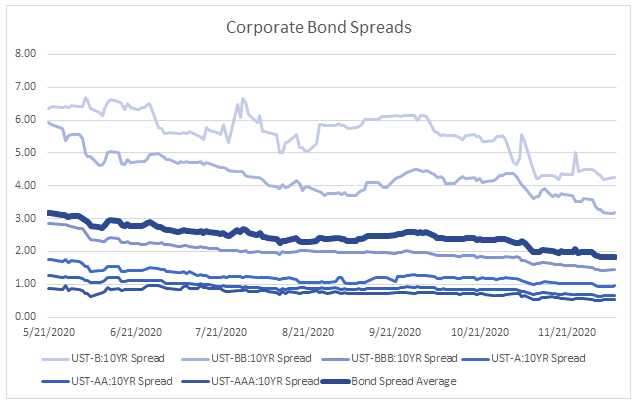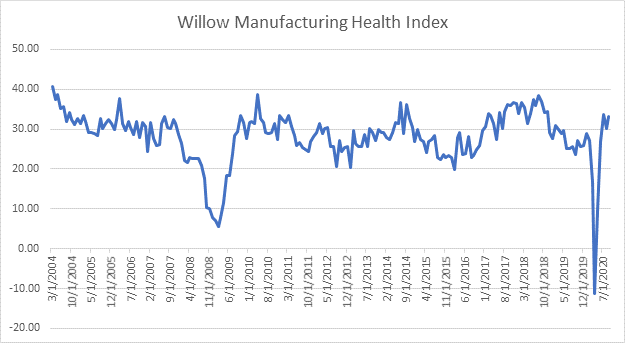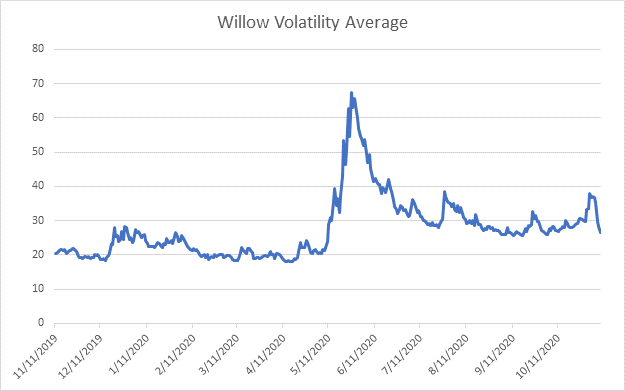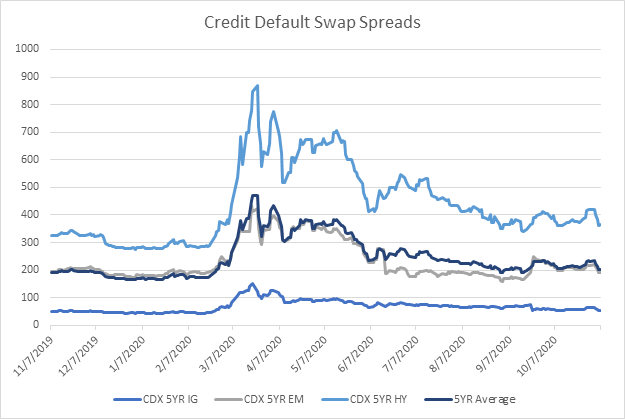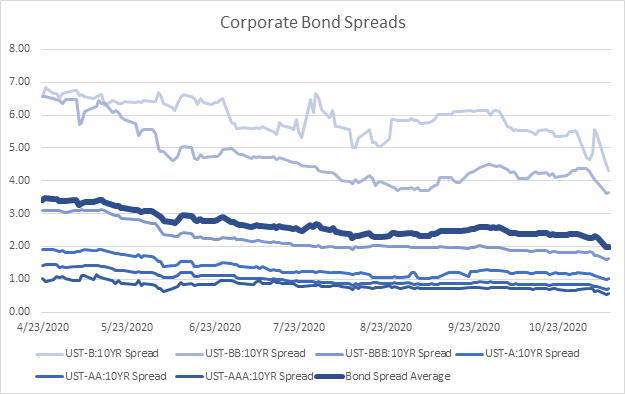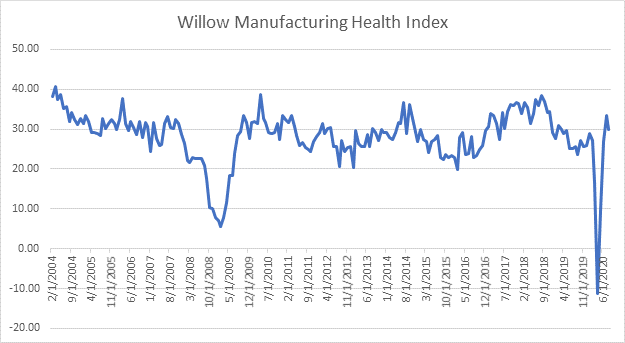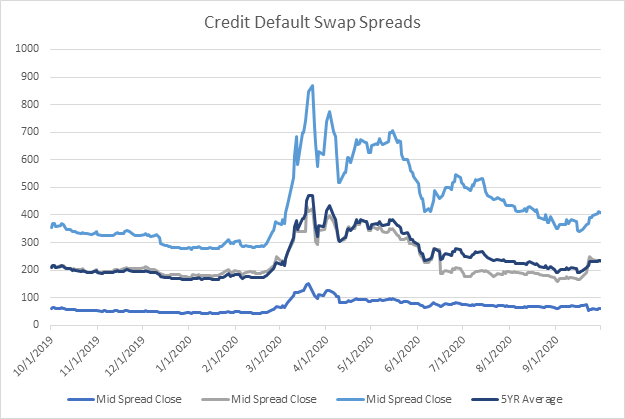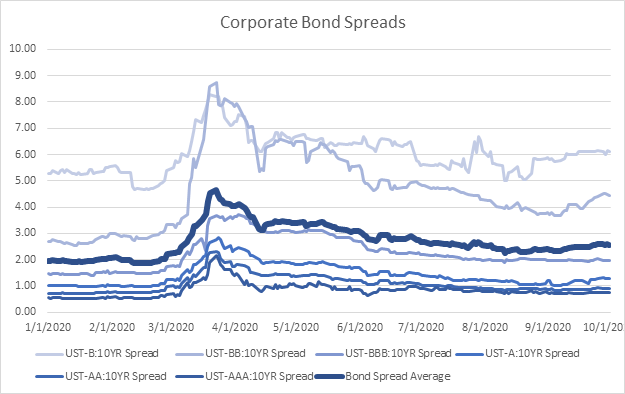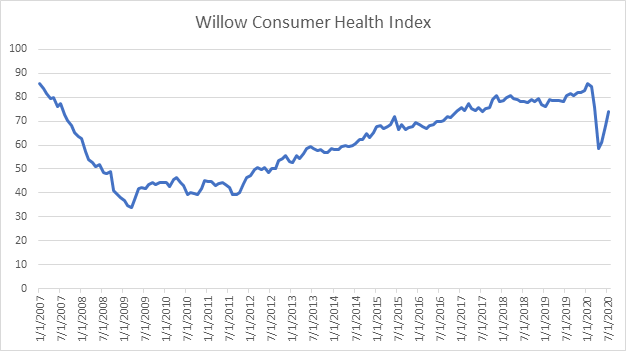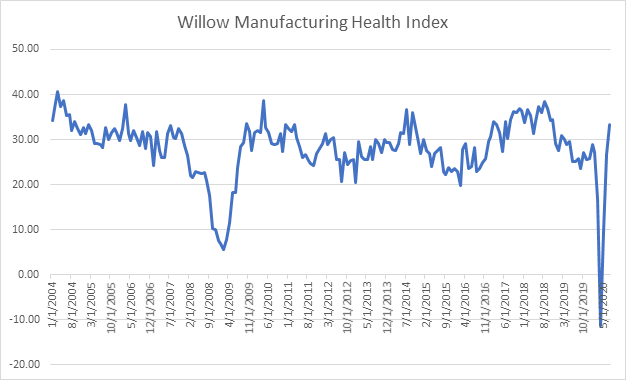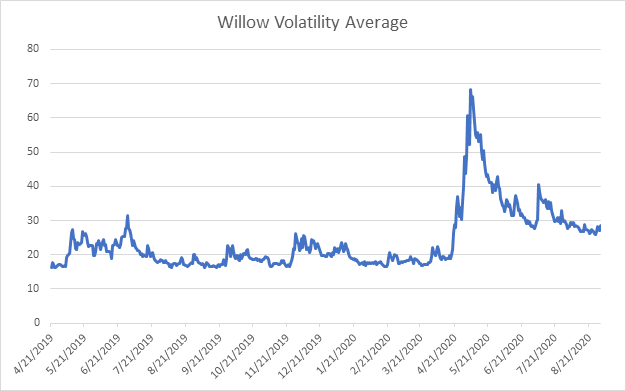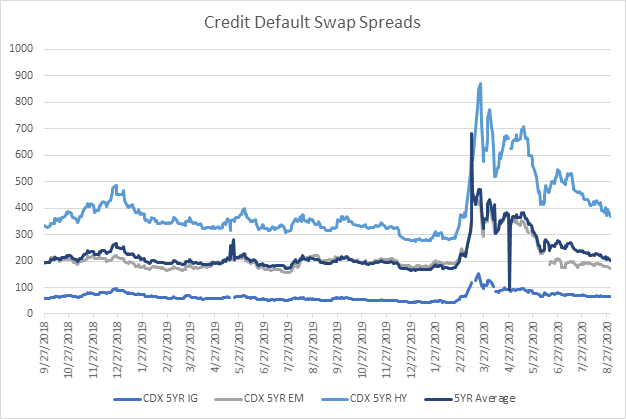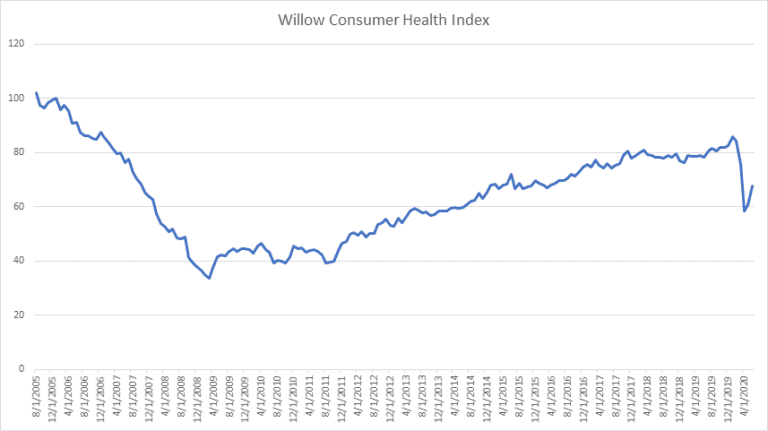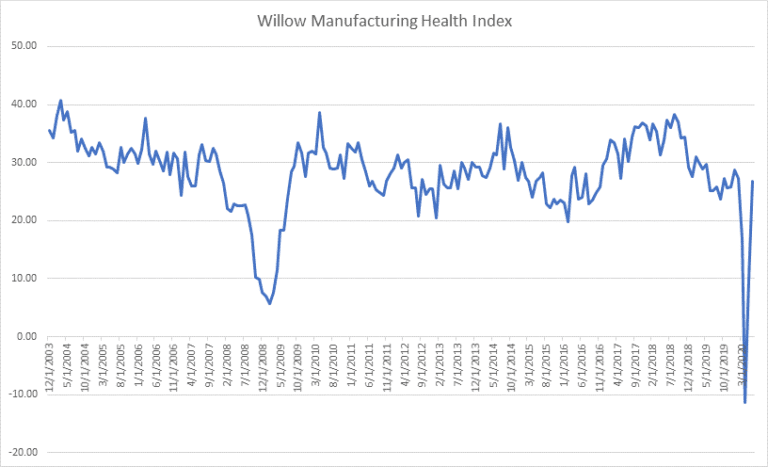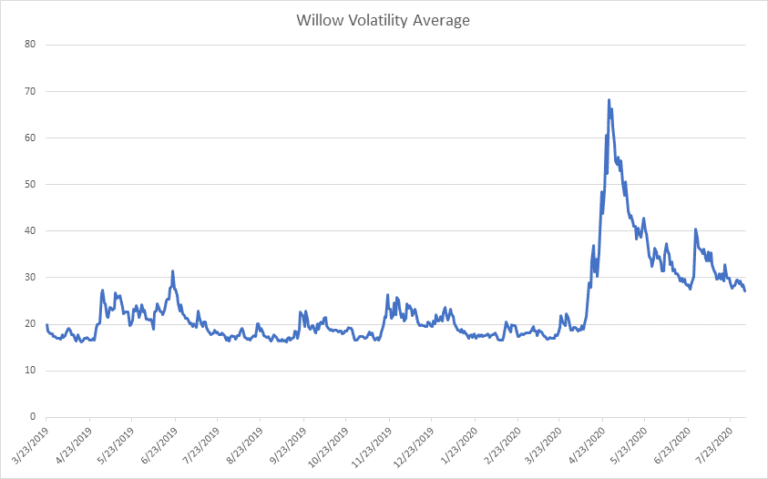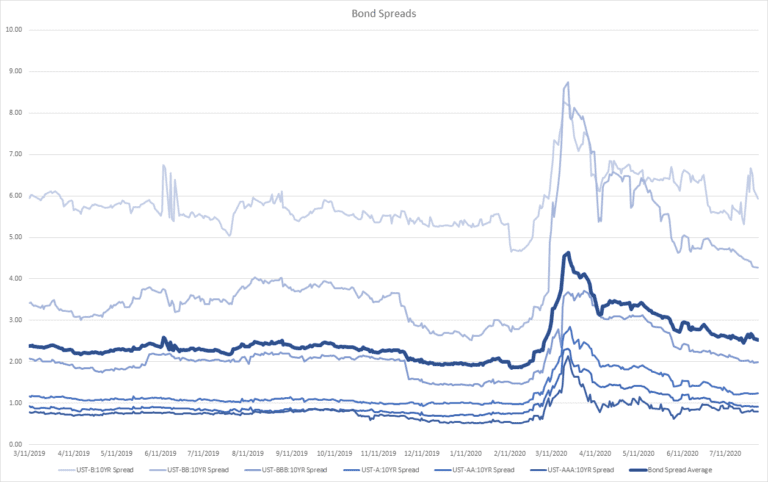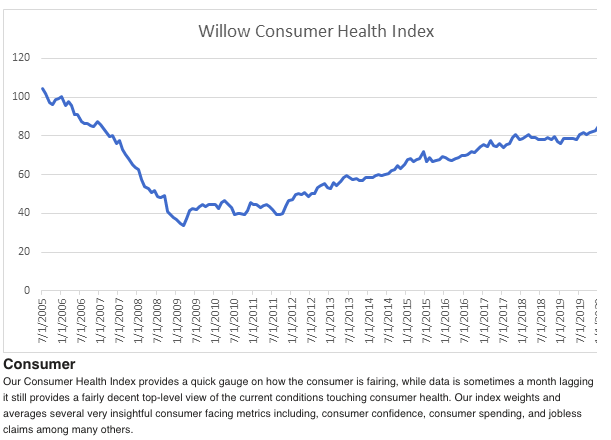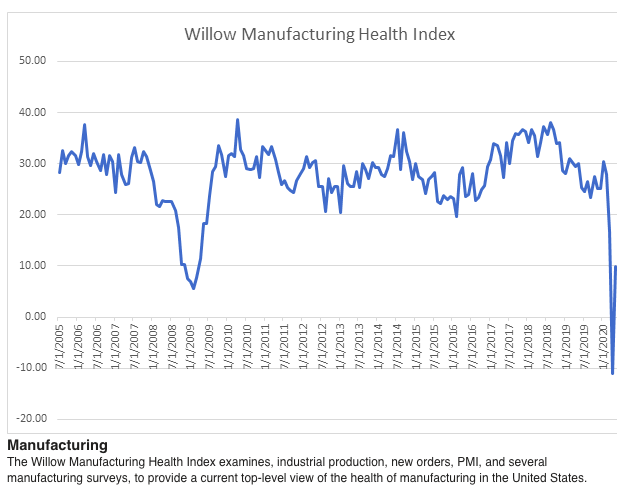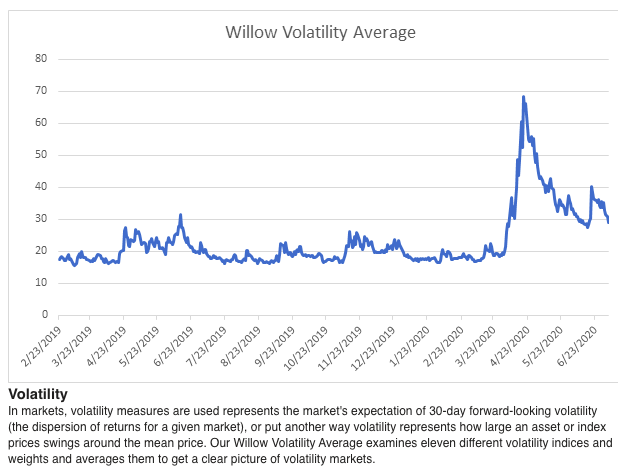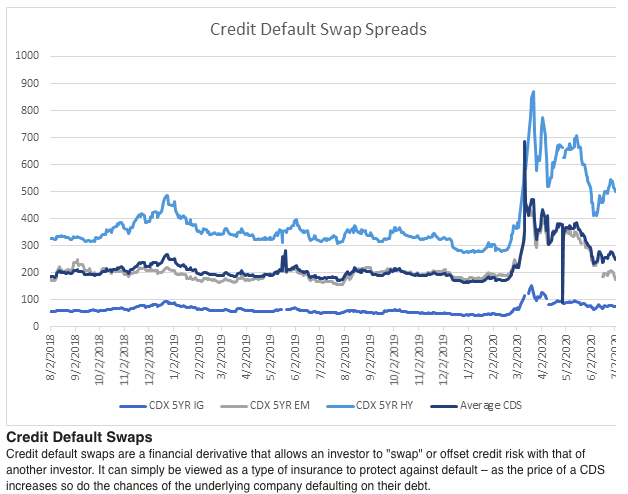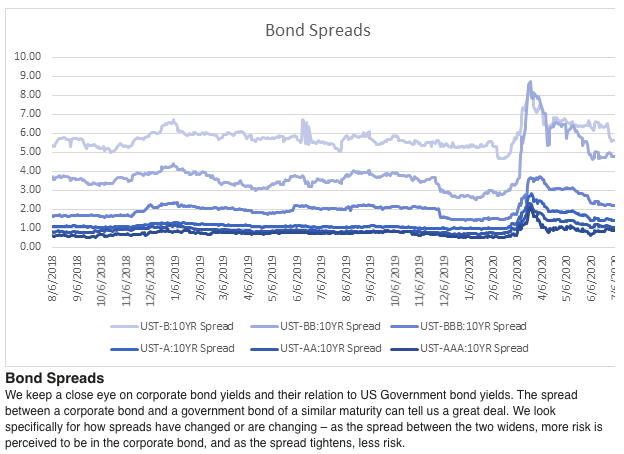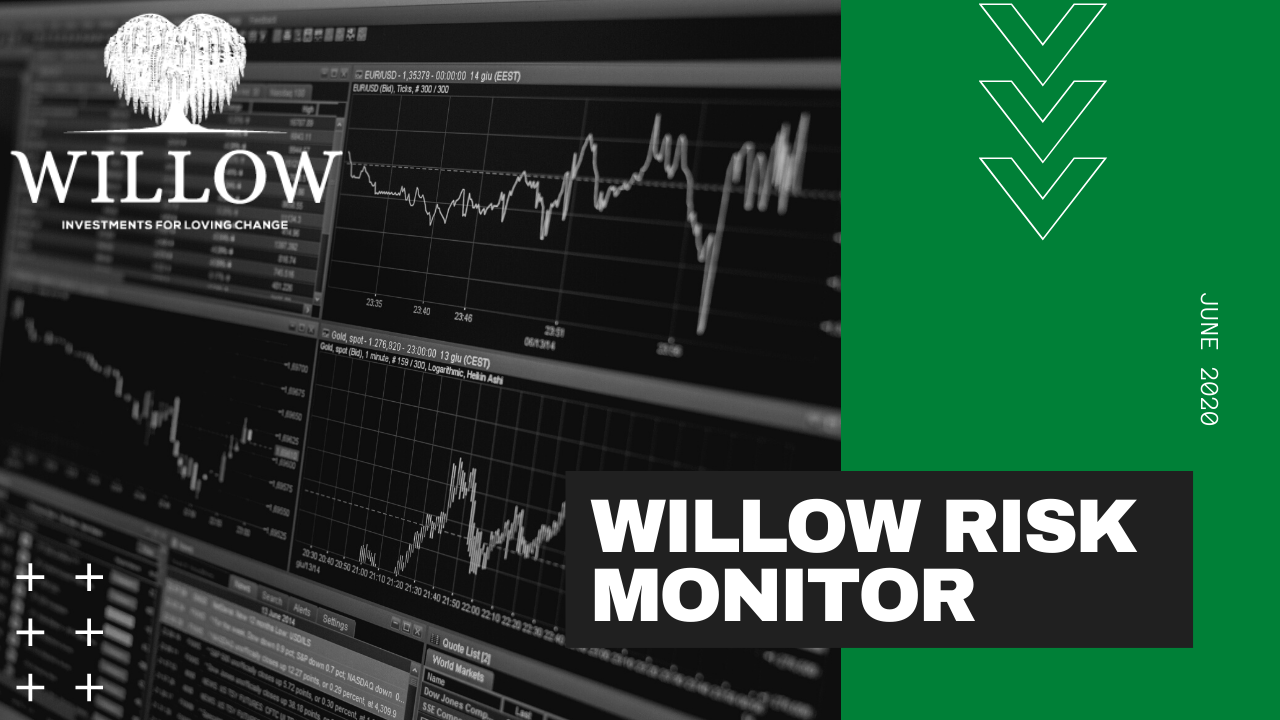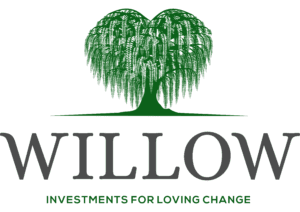Market Update + Q&A, January 2022
See below for our January Market Update + Q&A. Summary points below the video.
Market Update & Q&A Video Summary (January 2022):
00:09 Disclaimer
01:41 Risk Indicators – Volatility 02:31 Risk Indicators – CDS Spreads
03:15 Risk Indicators – Bond Spreads
04:09 Velocity of Money
05:38 Trade Deficit
07:44 Margin Debt
11:28 Inflation – Transitory or Not?
25:27 Crypto Update – Protocol Revenue
27:37 Crypto Revenue in Perspective
28:49 Creator Economy
34:17 DeFi Q+A
36:03 Q: How would you use crypto as a currency – stable coins?
37:15 Q: Inflation, Labor, Supply Problems – building Cash in Positions
37:41 Q: Do you feel that emerging markets are underinvested?
39:10 Q: Where do you see the greatest risk in opportunities in the year ahead?
40:30 Q: In an unpredictable world do you bet on using cash positions to invest in growth stocks?
43:19 Q: Questions on various Stocks
To set up a meeting, please click here or give us a call.
Best regards,
The Willow Team
+1 413 236 2980


